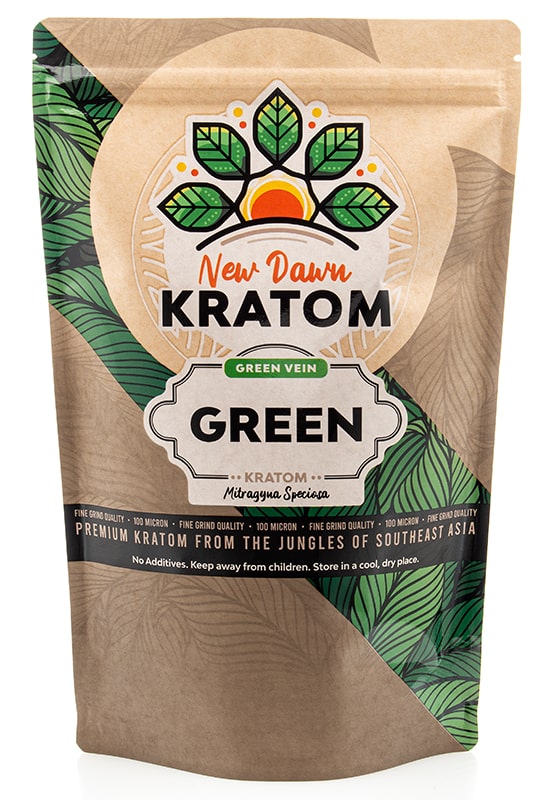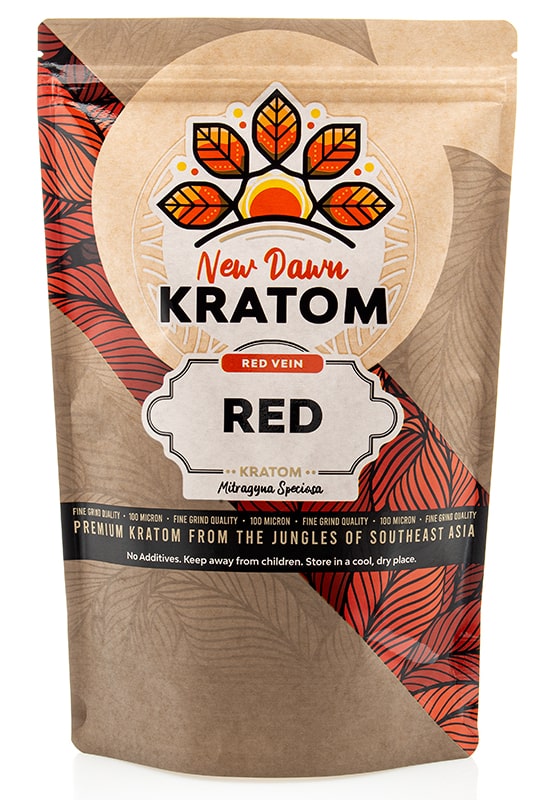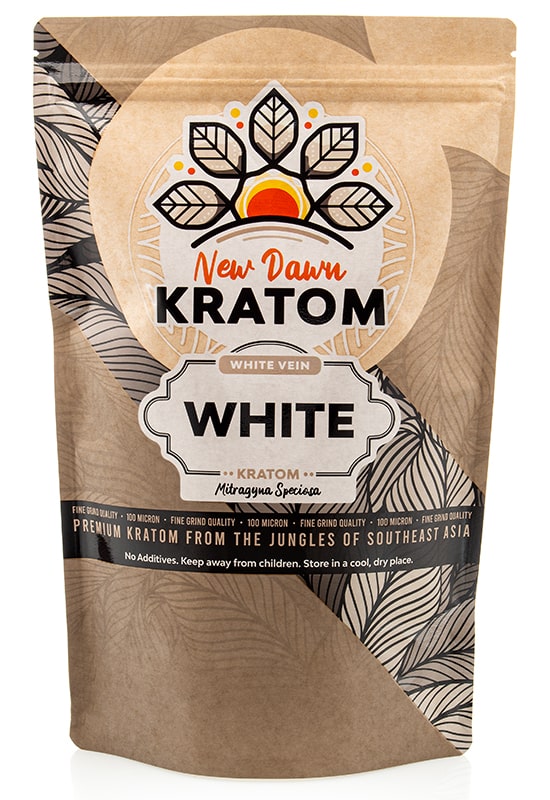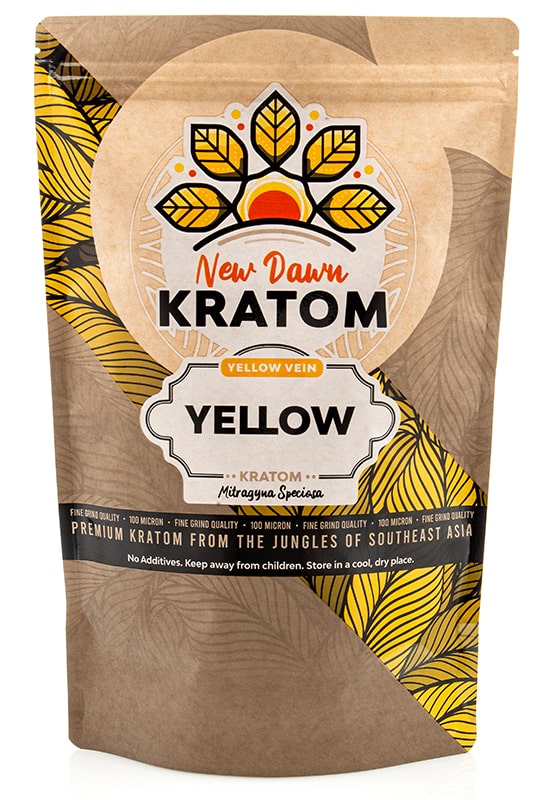Both kratom and blue lotus are popular botanicals for promoting relaxation, easing tensions, and elevating moods. Many people wonder if they can be combined to act as a potentiator of each one’s effects on their own. This guide will clearly answer if blue lots and kratom are a good combination and look at each botanical’s specific mechanisms and main benefits as a stand-alone.
Kratom and Blue Lotus: A Side-by-Side Comparison
| Kratom | Blue Lotus | |
|---|---|---|
| Origin | Southeast Asia | Middle East, Parts of Africa |
| Active Compounds | Mitragynine & 7-hydroxymitragynin, Other Alkaloids (speciociliatine, speciogynine, mitraciliatine etc.) | Apomorphine and Nuciferine |
| Potential Effects | Stimulating energy levels Boosting mood Enhancing focus and concentration Promoting relaxation Calming | Potential Aphrodisiac Mood-elevating Promote relaxation and calmness |
| Common Side Effects | Nausea and Vomiting Headaches Eye wobbles Constipation Dizziness Lethargy and fatigue Blood pressure changes Mood changes Habit-formation | Nausea Drowsiness Stomach Discomfort |
The Background on Kratom: Traits, Effects, and Dosage
Kratom, scientifically known as Mitragyna Speciosa, originates from tropical forests in Southeast Asia, mainly in Indonesia, Thailand, Vietnam, and Malaysia. The natural components that lead to its specific effects are called “alkaloids,” and over 45 have been identified. However, the main potential effects of kratom are believed to be a result of mitragynine and 7-hydroxmitragynine (7-OH), which have the highest concentration in kratom.
Even though mitragynine and 7-OH have the highest concentration, each kratom strain has specific ratios of these main alkaloids and others; the “color type” can also change the alkaloid profile. This explains why different strains, color varieties, and dosages can vary in terms of potential effects and benefits. For instance, lower dosages and white strains are known to offer more energetic and stimulating effects than red strains, which might offer more relaxation and sedation depending on the strain and dosage.
Potential Benefits of Kratom
The main reason kratom has gained a large following is its versatility and the potential benefits it provides. Depending on the strain and vein color, you may experience a wide range of potential effects, which can vary greatly based on the factors surrounding the kratom and the individual factors involved.
- Mood-boost (can be often seen in all varieties but can vary by strain, color type, and dosage)
- Energetic and stimulation (more often seen in white and green strains)
- Mental clarity and productivity (can depend on strain and dosage)
- Relaxation and sedation (seen more often in red strains)
- Ease mental tension (often seen in all strains by promoting calmness)
Adverse Effects Associated with Kratom
While the various kratom strains and varieties can have a variety of potential benefits, there are also a number of adverse effects. Here are some of the most common ones:
- Nausea and vomiting
- Headaches and dizziness
- Constipation and stomach upset
- Blood pressure changes
- Kratom wobbles
- Mood changes like irritability
- Drowsiness and lethargy
The FDA does not approve Kratom, and the agency has listed public warnings about the use of kratom products due to concerns surrounding side effects and abuse. There is also some published data about severe side effects; however, most of these involve mixing kratom with various medications and drugs. For these reasons, it is important never to mix kratom with anything, including blue lotus, and to avoid using it if you have medical problems. Additionally, discussing kratom with your doctor prior to using it is essential.
There is just not a lot of data in regards to how kratom interacts with different substances and specifically obscure botanicals like blue lotus. Also, another safety consideration is that kratom can be habit-forming and lead to tolerance and difficulty quitting once the body has adjusted to a higher tolerance. This might make it more mentally and physically difficult for some to stop, and therefore, daily use should be avoided.
Dosage Guidelines
Some of the dosage ranges for kratom are based on the table below. It is important to read and understand the specific product label and also get your kratom from a well-known source. The below is for regular kratom and not extracted products. The first time trying kratom or a new strain or vendor, you should begin with less than 1 gram to assess how your body reacts before trying a higher dosage.
| Range | |
|---|---|
| Beginner | 1-2 grams |
| Moderate | 3-4 grams |
| High | 5-6 grams |
| Heavy | Greater than 6 grams, generally not recommended |
Blue Lotus: What It Is and How It Works
Blue Lotus, on the other hand, originates from the Middle East and certain African regions. Scientifically known as Nymphaea caerulea, this botanical is a water lily flower that grows mainly in the Nile River and some parts of Southern Arabia and Eastern Africa. During ancient times, Egyptian tribes utilized Blue Kratom for religious and ritual purposes, and it is mainly used today for its potential psychoactive properties.
Blue Lotus’s active chemical composition comprises apomorphine and nuciferine, which are the main contributors to the botanical’s potential benefits and effects. There are claims that apomorphine can mimic dopamine and act on certain types of serotonin receptors, providing potential mood-elevating effects. Nuciferine is believed to promote calmness and relaxation through the modulation activity of various serotonin and dopamine receptors.
Aside from these, you can also find other substances like phenolic acids, flavonoids, and tannins in Blue Lotus. Like kratom, because Blue Lotus also has safety concerns, it has no official approval for consumption by the FDA. Moreover, blue lotus is banned in Louisiana, which is the only state that has banned it, in contrast to kratom, which is banned in 6 states.
Possible Benefits & Risks of Blue Lotus
Although studies regarding the potential effects of Blue Lotus are limited, anecdotes and other subjective reports reveal the botanical may provide the following benefits:
- Elevate mood and provide increased energy
- Promote relaxation, calmness, and sedation
- Aphrodisiac, increasing libido
Consequently, taking Blue Lotus also comes with risks, especially with increased doses. Factors such as your body tolerance and frequency of consumption also matter, but take note of these common risks when taking Blue Lotus:
- Drowsiness
- Nausea
- G.I. discomfort
Dosage Guidelines
When taking blue lotus in a dried flower format, a common dosage is 5-10 grams for steeping into a tea. If smoking the dried flower (not recommended), a common dosage range is 0.75 – 1.5 grams (low to high). For extracted powders and tinctures, the dosage will depend on the strength, so always follow the guidelines on the packaging or refer to the vendor for advice.
Combining Kratom and Blue Lotus: Is It Safe?
As previously stated above, kratom and blue lotus should not be combined due to a lack of research data. There also aren’t many anecdotal reports online of people combining the two. Some people might be confused with the apomorphine alkaloid in blue lotus and think it might be related to some of kratom’s effects. However, the name is misleading, and the apomorphine alkaloid is believed to have dopamine and serotonin activity.
Additionally, the same liver enzyme, CYP3A4, metabolizes kratom’s main alkaloids (mitragynine and 7-hydroxymitragynine) and blue lotus (apomorphine and nuciferine). These chemical substances are metabolic competitors, making it challenging for the liver enzyme to digest and metabolize all the compounds quickly. The result could be that these compounds will stay in the body longer, which may lead to increased negative effects and tolerance, as well as an increased risk of other unknown interactions.
The Bottom Line
With the rising popularity of botanicals like kratom and blue lotus, prioritizing safety and reducing adverse effects should always be #1. While both botanicals may provide potential energy-boosting and relaxing effects, they also come with a share of the side effects when used alone, which could be exacerbated with the combination or even cause dangerous interactions. Until there is more scientific study on the combination of blue lotus and kratom, these two should be avoided in a combination.









